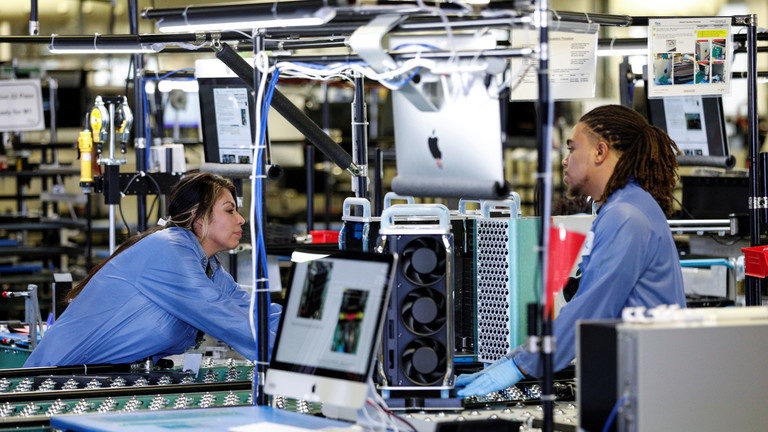
According to his projections, the US unemployment rate could hit 30 percent in Q2 as a result of massive shutdowns to combat the virus.
Bullard has called for a powerful fiscal response to replace the $2.5 trillion in lost income to assure a strong eventual US recovery. He said that the Fed should be poised to do more to ensure markets function during a period of high volatility.
"This is a planned, organized partial shutdown of the US economy in the second quarter," he told Bloomberg. "The overall goal is to keep everyone, households and businesses, whole" with government support. "It is a huge shock and we are trying to cope with it and keep it under control."
The US Federal Reserve has bought $272 billion of government debt last week, of the more than $500 billion authorized. According to Bullard, this should not be seen as a limit. "This is unlimited and we can go much higher if necessary. We are trying to provide as much support as we can to that market."
He explained that the goal right now should be to support American workers and businesses across the board, rather than picking individual companies or industries, such as the airline industry or hotels. He stressed that the country shouldn't lose companies or industries because of lack of support.
Talking about small business lending, the official said that the Fed would need to set up a "brand new program," which would be time consuming so it would make more sense to use existing small business lending programs, or to have Congress guarantee bank loans.
With an aggressive government response, activity should begin to bounce back, Bullard said. "I would see the third quarter as a transitional quarter" with the fourth quarter and first quarter next year as "quite robust" as Americans make up for lost spending. "Those quarters might be boom quarters," he said.



Comment: See also: